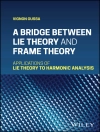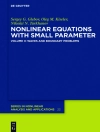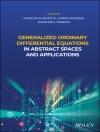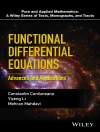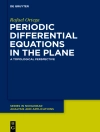The goal of this monograph is to develop a mathematical theory of open fluid systems in the framework of continuum thermodynamics. Part I discusses the difference between open and closed fluid systems and introduces the Navier-Stokes-Fourier system as the mathematical model of a fluid in motion that will be used throughout the text. A class of generalized solutions to the Navier-Stokes-Fourier system is considered in Part II in order to show existence of global-in-time solutions for any finite energy initial data, as well as to establish the weak-strong uniqueness principle. Finally, Part III addresses questions of asymptotic compactness and global boundedness of trajectories and briefly considers the statistical theory of turbulence and the validity of the ergodic hypothesis.
Jadual kandungan
Part I: Modelling.- Mathematical Models of Fluids in Continuum Mechanics.- Open vs. Closed Systems.- Part II: Analysis.- Generalized Solutions.- Constitutive Theory and Weak-Strong Uniqueness Revisited.-Existence Theory, Basic Approximation Scheme.- Vanishing Galerkin Limit and Domain Approximation.-Vanishing Artificial Diffusion Limit.- Vanishing Artificial Pressure Limit.- Existence Theory – Main Results.-Part III: Qualitative Properties.- Long Time Behavior.- Statistical Solutions, Ergodic Hypothesis, and Turbulence.- Systems with Prescribed Boundary Temperature.



